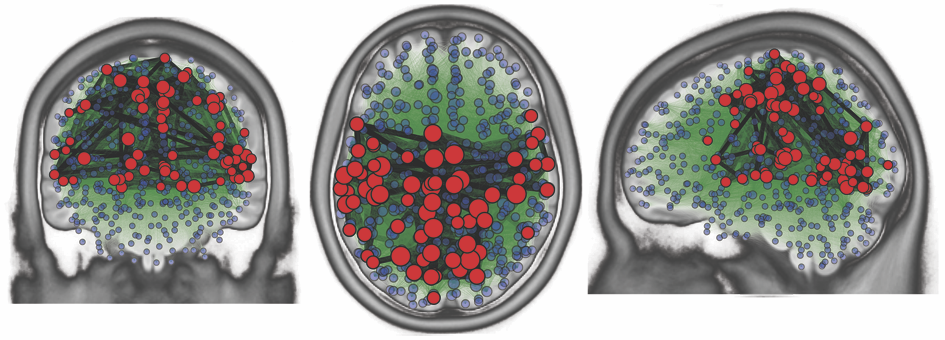network neuroscience
Uncovering and understanding the relationship between elements in complex networks has helped propel Network Science in various fields, including neuroscience. The brain is inherently multiscale and multivariate in nature, and understanding each part of the hierarchy and their interconnectedness is vital to understanding brain structure, function and cognition. Genes and proteins interact on the subcellular level. Subsequent populations of cells connect - and integrate within different brain regions - to support and propagate coordinated excitations of neural signals. As dynamic patterns emerge within network circuitry, these signalling patterns integrate to ultimately self-organise the whole organ - itself a cohabitant within the body - which seeks to interact with its external environment and social systems. Studying the brain at these various levels has led to the emergence of Network Neuroscience: a Network Science affiliated field within the brain-based scientific frontier.
Network Science provides a new and natural mathematical framework for investigating functional and anatomical neuroimaging data, and represents a conceptual revolution that goes beyond standard approaches. Network based methods not only refine the outcomes of existing techniques, but also typify a paradigm shift for representing brain structure and dynamics. Equally importantly, the questions posed by neuroscience have the potential to inspire the development of new tools and areas within the broader field of Network Science itself.
